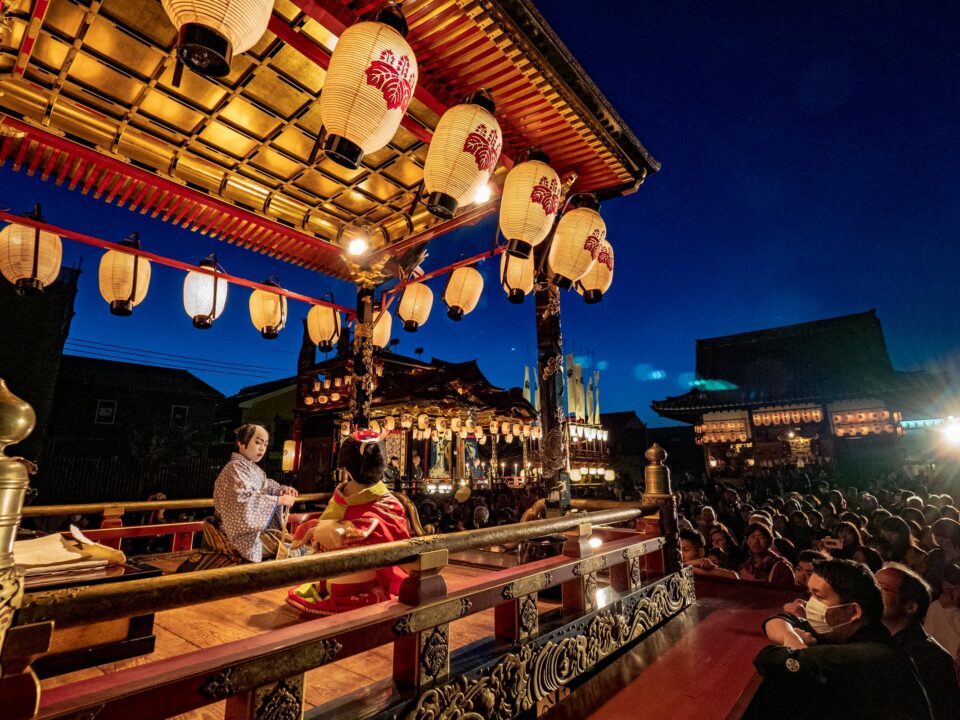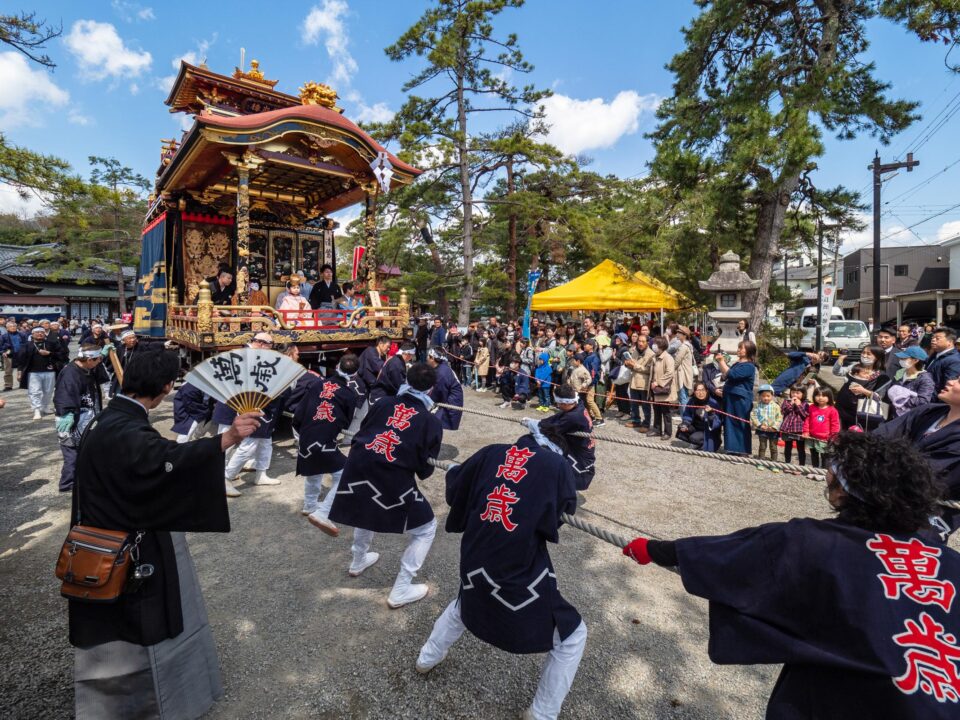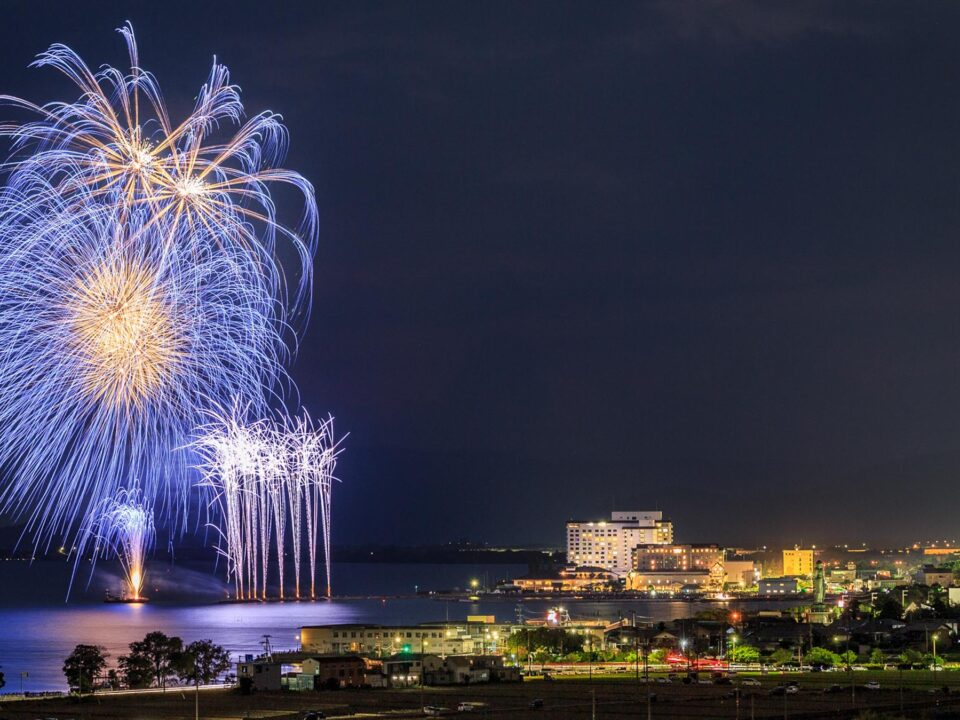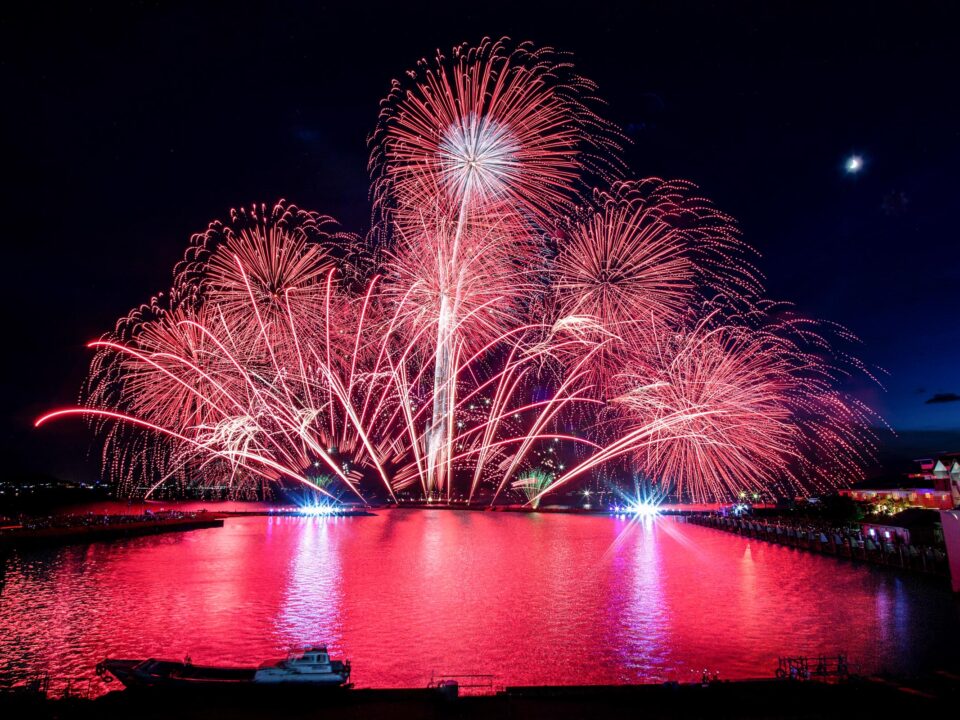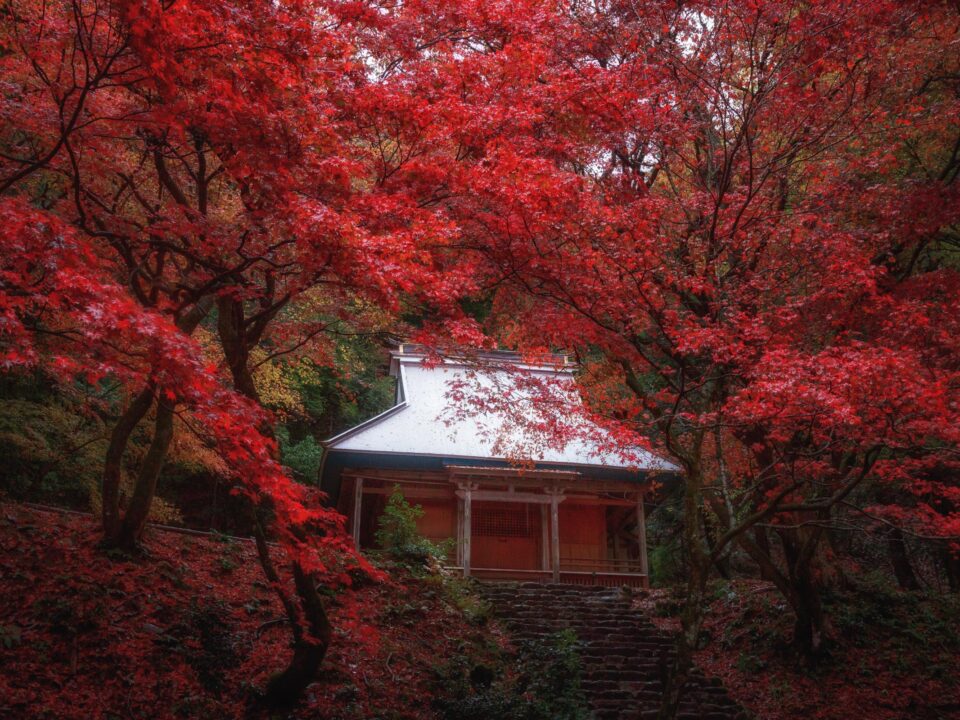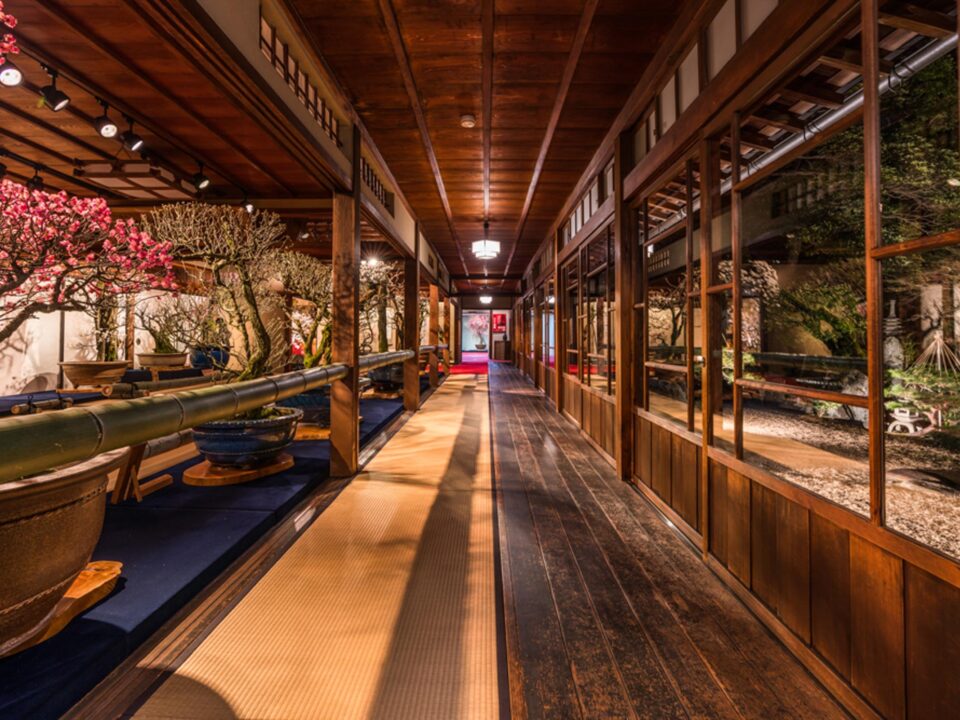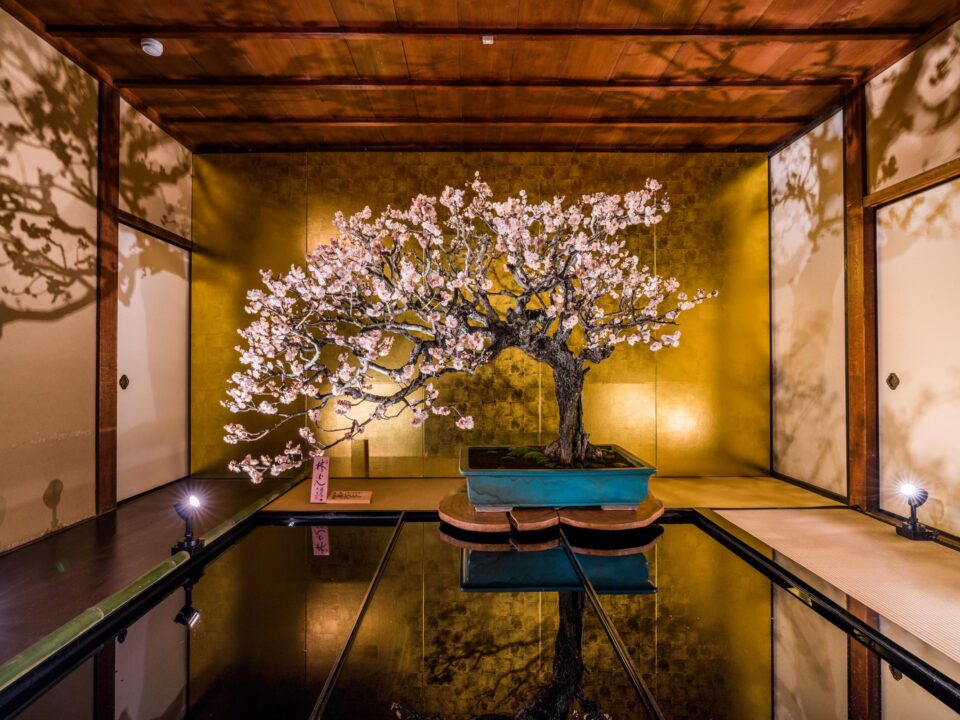Festivals & Events
Throughout the seasons, a variety of unique annual festivities, events, and natural wonders are waiting to be explored around Nagahama. Here are some of the seasonal highlights to consider as you start planning your next visit!
Spring
Hikiyama Festival
April 13 – 16
The Nagahama Hikiyama Festival, recognized as UNESCO’s Intangible Cultural Heritage alongside 32 other float festivals in Japan like the Gion Festival in Kyoto, has a rich historical backdrop. Originating from the joyous birth of Toyotomi Hideyoshi’s son, a revered daimyo lord in the Japanese medieval era and once the ruler of Nagahama Castle, the festival’s roots lie in Hideyoshi’s generous gifting of gold to the townspeople. Using this gold, twelve neighborhoods of the town constructed floats, initially paraded around Hachiman Shrine to honor Hideyoshi and his son. In the mid-Edo period (18th century), neighborhood rivalry fueled the modification and enhancement of the floats. Most of the existing floats date back to this era, boasting dimensions of about 3 meters in width, 7 meters in depth, and 7 meters in height.
These floats feature a distinct architectural style with a performance stage, backstage dressing rooms, and an upper pavilion. Each year, four floats rotate alongside the Naginata Float, distinguished by its absence of a stage and unique function. The festival runs annually from April 9th to the 17th. It kicks off with the incense-setting ceremony on April 9th, swiftly followed by the exhilarating four-day Hadaka Matsuri (naked festival) performed by daring young men. Subsequently, the Yakusha Yuwatori unfolds on the 14th, showcasing child actors parading through the streets in various character roles. A main festival highlight, the Children’s Kabuki, showcases boys aged around 5 to 12, delivering exceptional performances that earn applause and admiration from spectators. This captivating event takes place in the evening of the 13th, morning of the 14th, and throughout the 15th and 16th. Additionally, the night of the 15th reveals a breathtaking spectacle as four illuminated floats convene at the Otabisho (temporary resting place for the deity). The climax unfolds with the carrying of a portable shrine amid this enchanting setting.
Summer
Nagahama Firework
August
A magnificent fireworks festival takes place against the breathtaking backdrop of Lake Biwa, Japan’s largest lake. Since 1980, this captivating event has been hosted at Hokoen Park, situated adjacent to Nagahama Castle Museum and near Nagahama Station. The mesmerizing display unfolds as vibrant fireworks erupt from Nagahama Port, illuminating the night sky and casting a spellbinding reflection upon the tranquil waters of the lake, creating a mesmerizing mirrored effect. This enchanting atmosphere, complemented by the presence of the traditional castle building, distinguishes the festival’s charm in this picturesque lakeside setting. Furthermore, the absence of obstructions nearby allows spectators to relish the stunning fireworks from virtually any vantage point. The fireworks showcase, especially when viewed from the designated special viewing areas, offers an awe-inspiring and unforgettable experience that should not be missed.
Fall
Keisokuji Autumn Foliage
The largest annual festival in Nagahama is held every year over the course of 3 days, The largest annual festival in Nagahama is held every year over the course of 3 days, The largest annual festival in Nagahama is held every year over the course of 3 days,
winter
Nagahama Plum Bonsai Exhibition
Early Jan – Mid March
The Nagahama Plum Bonsai (plum blossom bonsai pots) Exhibition, hailed as one of Japan’s largest New Year’s events both in terms of its historical significance and sheer scale, presents an enchanting spectacle. The Keiunkan, an architectural gem from the Meiji era, hosts an awe-inspiring collection of bonsai plum blossoms exhibited side by side. The delicate fragrance of these blossoms pervading the hall offers a deeply soothing experience. Carefully curated by the Tourism Association, approximately 300 bonsai pots undergo a rotation in display according to their blooming schedules. Throughout the exhibition, approximately 90 pots of these beautifully blooming bonsai are constantly showcased. Visitors can also marvel at towering trees reaching heights of three meters and ancient specimens believed to be around 400 years old.
The exhibition includes a captivating nighttime illumination, albeit available for a limited period. The Keiunkan, originally built as a guesthouse for the visit of Emperor Meiji and Empress Shoken, was named by Japan’s first Prime Minister, Ito Hirobumi. The expansive pond-style garden, recognized as a National Place of Scenic Beauty, is a notable highlight as well. Within the venue, visitors can enjoy a serene tea ceremony corner, peruse a souvenir corner exhibiting Nagahama’s specialties, and explore a mini bonsai sales corner located near the exit.
